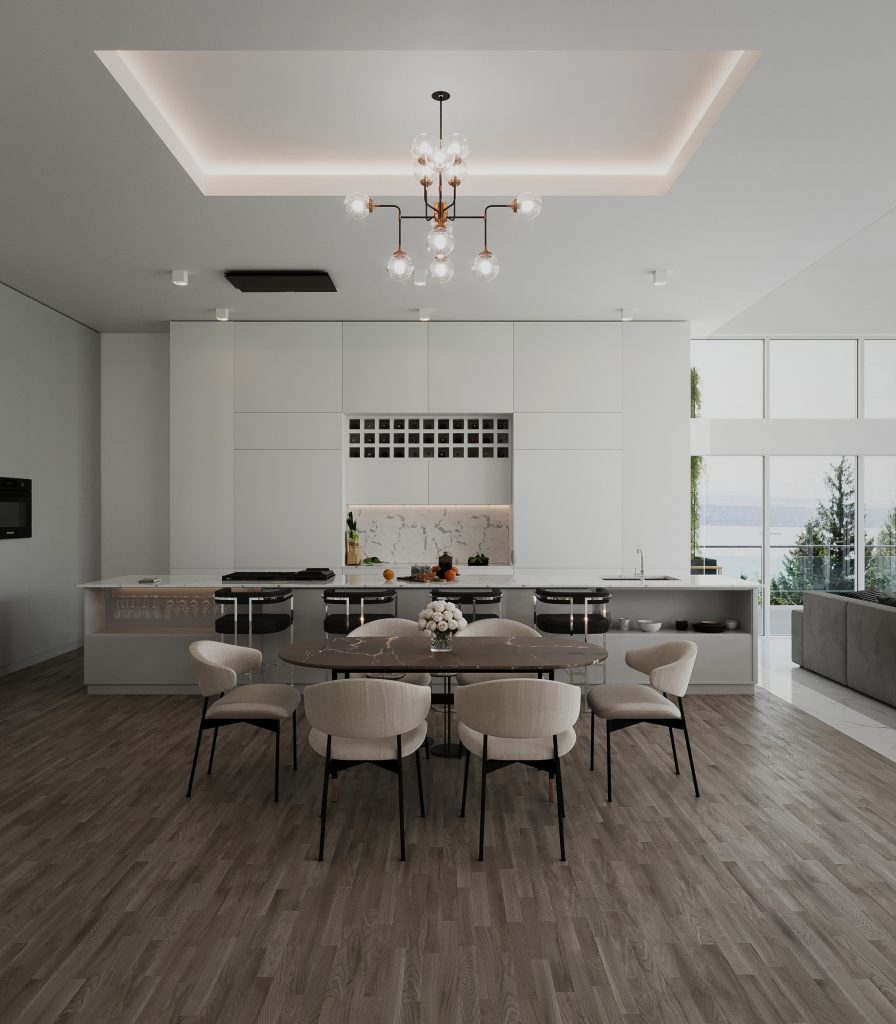
In the ever-evolving real estate landscape, virtual staging has emerged as a game-changing tool for realtors looking to elevate their home listings. This article explores the transformative impact of virtual staging and why every realtor should embrace this innovative approach to showcase properties effectively. We’ll delve into key aspects, including virtual staging, 3D product visualization, furniture rendering, VFX and post-production services, Pano 360, walkthroughs, 360 virtual tours, 3D modeling, and architectural 3D modeling.
Virtual Staging: Redefining Property Presentation
Virtual staging is a cutting-edge technique that involves digitally enhancing property images to showcase spaces with virtual furniture, decor, and design elements. This method breathes life into vacant or under-furnished properties, providing potential buyers with a visually appealing and fully furnished representation of the space.
3D Product Visualization: Crafting Realistic Interiors
One of the core elements of virtual staging is 3D product visualization. Realtors can leverage this technology to showcase high-quality, realistic interiors that resonate with the preferences of potential buyers. Through intricate detailing and lifelike renderings, 3D product visualization transforms empty spaces into inviting homes, making listings stand out in a competitive market.
Furniture Rendering: Tailoring Spaces to Perfection
Furniture rendering plays a pivotal role in virtual staging, allowing realtors to customize spaces according to specific styles and preferences. From contemporary to traditional, virtual staging with furniture rendering enables realtors to tailor each room to perfection, catering to the diverse tastes of their target audience.
VFX and Post-Production Services: Polishing Visual Appeal
To achieve a flawless presentation, virtual staging often involves VFX (Visual Effects) and post-production services. Skilled professionals use these services to enhance lighting, shadows, and overall visual appeal, ensuring that the virtual staging seamlessly integrates with the original images. The result is a cohesive and visually stunning representation of the property.
Pano 360: Immersive Panoramic Experiences
Pano 360, or panoramic photography, adds an immersive dimension to virtual staging. Realtors can provide potential buyers with a 360-degree view of virtually staged rooms, allowing them to explore every corner and detail. This immersive experience enhances engagement and provides a more comprehensive understanding of the property’s potential.
Walkthroughs: Navigating Virtual Spaces
Virtual staging goes beyond static images with the inclusion of walkthroughs. Realtors can offer potential buyers a guided tour of the virtually staged property, allowing them to navigate through rooms and experience the flow of the space. Walkthroughs create a dynamic and interactive engagement, making the property more memorable.
360 Virtual Tours: Comprehensive Property Exploration
Incorporating 360 virtual tours into virtual staging allows potential buyers to take a comprehensive exploration of the property at their own pace. This technology enables them to virtually move from room to room, experiencing the fully staged environment and envisioning themselves in the home.
3D Modeling: Creating a Visual Blueprint
3D modeling is the foundation of virtual staging, enabling realtors to create a visual blueprint of the property. With accurate dimensions and spatial representations, 3D modeling ensures that virtual staging aligns seamlessly with the physical characteristics of the space, fostering a realistic portrayal.
Architectural 3D Modeling: Precision in Property Representation
For realtors focused on precision and accuracy, architectural 3D modeling becomes an invaluable tool. This specialized form of 3D modeling ensures that every architectural detail is faithfully represented in the virtual staging process, from the layout to the structural elements.
Why Every Realtor Should Use Virtual Staging:
- Enhanced Visual Appeal: Virtual staging transforms empty spaces into visually appealing, fully furnished homes, capturing the attention of potential buyers and leaving a lasting impression.
- Customization for Target Audience: Realtors can customize virtual staging to cater to the specific tastes and preferences of their target audience, increasing the likelihood of attracting the right buyers.
- Competitive Advantage: In a competitive real estate market, listings with virtual staging stand out, showcasing properties in their best light and gaining a competitive advantage over non-staged listings.
- Cost-Effective Alternative: Virtual staging offers a cost-effective alternative to traditional staging, saving realtors time and money while achieving equally impactful results.
- Increased Buyer Engagement: Interactive features such as walkthroughs and 360 virtual tours enhance buyer engagement, allowing potential buyers to immerse themselves in the property virtually.
- Flexibility in Design Choices: With virtual staging, realtors have the flexibility to experiment with different design choices, ensuring that the staging aligns with current market trends and buyer preferences.
In conclusion, virtual staging has become an indispensable tool for realtors seeking to enhance their property marketing strategies. By incorporating 3D product visualization, furniture rendering, and other advanced techniques, realtors can create visually stunning and personalized representations that resonate with potential buyers. Embracing virtual staging not only elevates the visual appeal of home listings but also positions realtors as forward-thinking professionals in a tech-driven real estate landscape.
